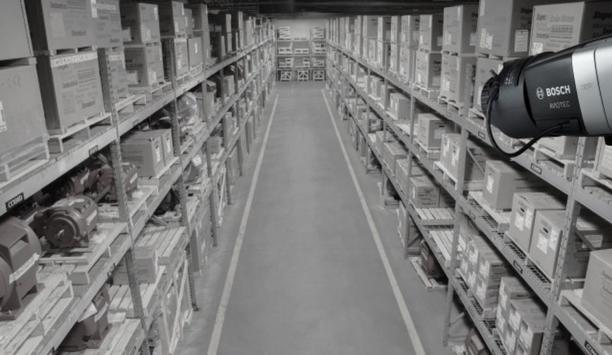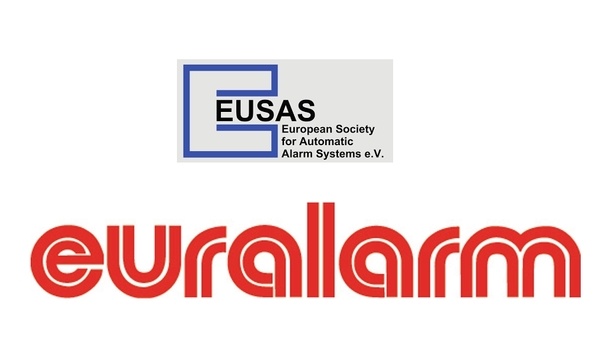Soeren Wittmann

Soeren Wittmann
Product Manager, Bosch Building TechnologiesSoeren Wittmann is a Product Manager at Bosch Security Systems. Wittmann is a graduate from the University of Applied Sciences, Hannover and specializes in product marketing and management. Prior to his appointment at Bosch, Wittmann served as a Team Leader, Training & Documentation at ABUS Security-Center.
News mentions
The video-based fire detection Aviotec IP starlight 8000 from Bosch can now be used in environments without visible light. With the help of newly developed AI algorithms for video analytics, Aviotec'...
EUSAS and Euralarm, hosted by Airbus, recently organized their second joint conference, which was this year on the topic of aviation safety and security. It showed once again the importance of technol...





































